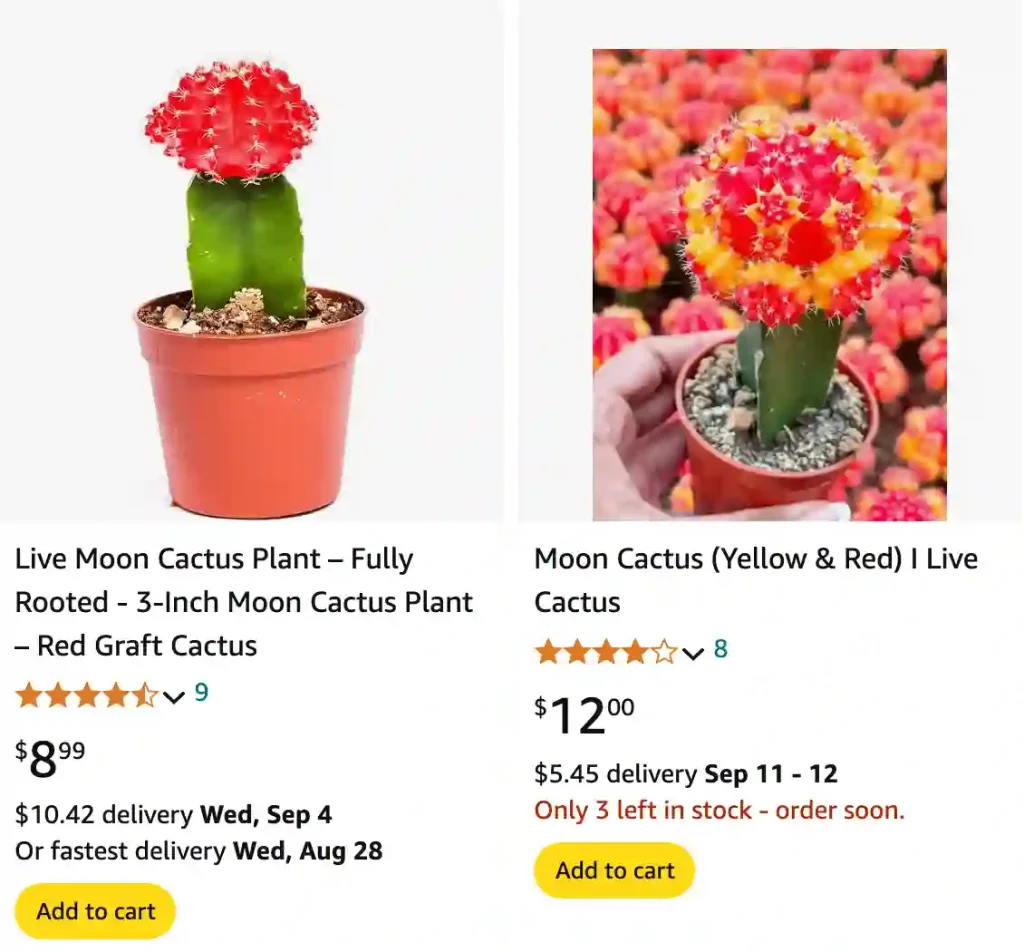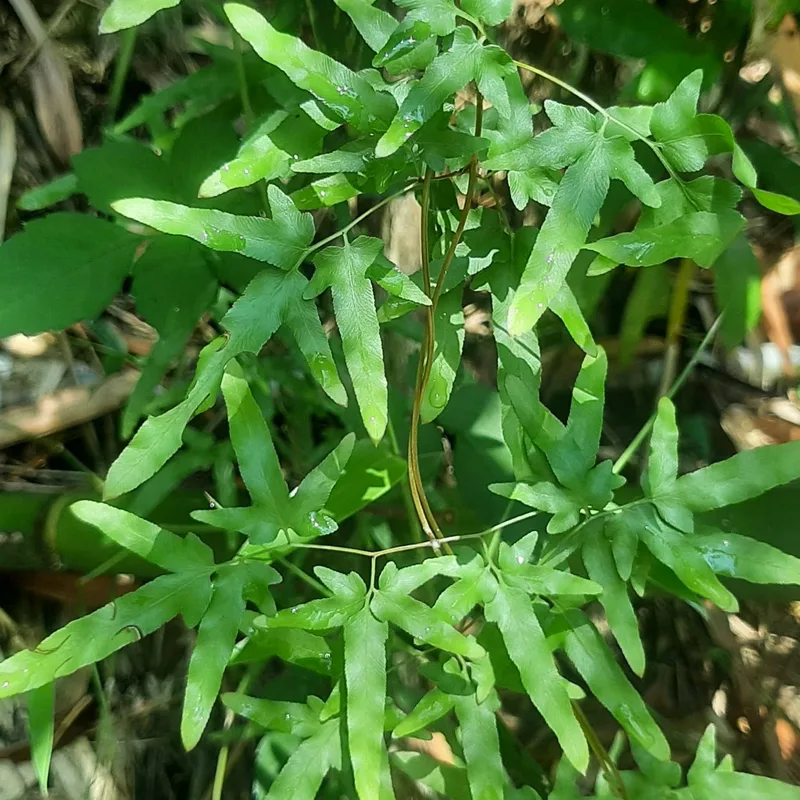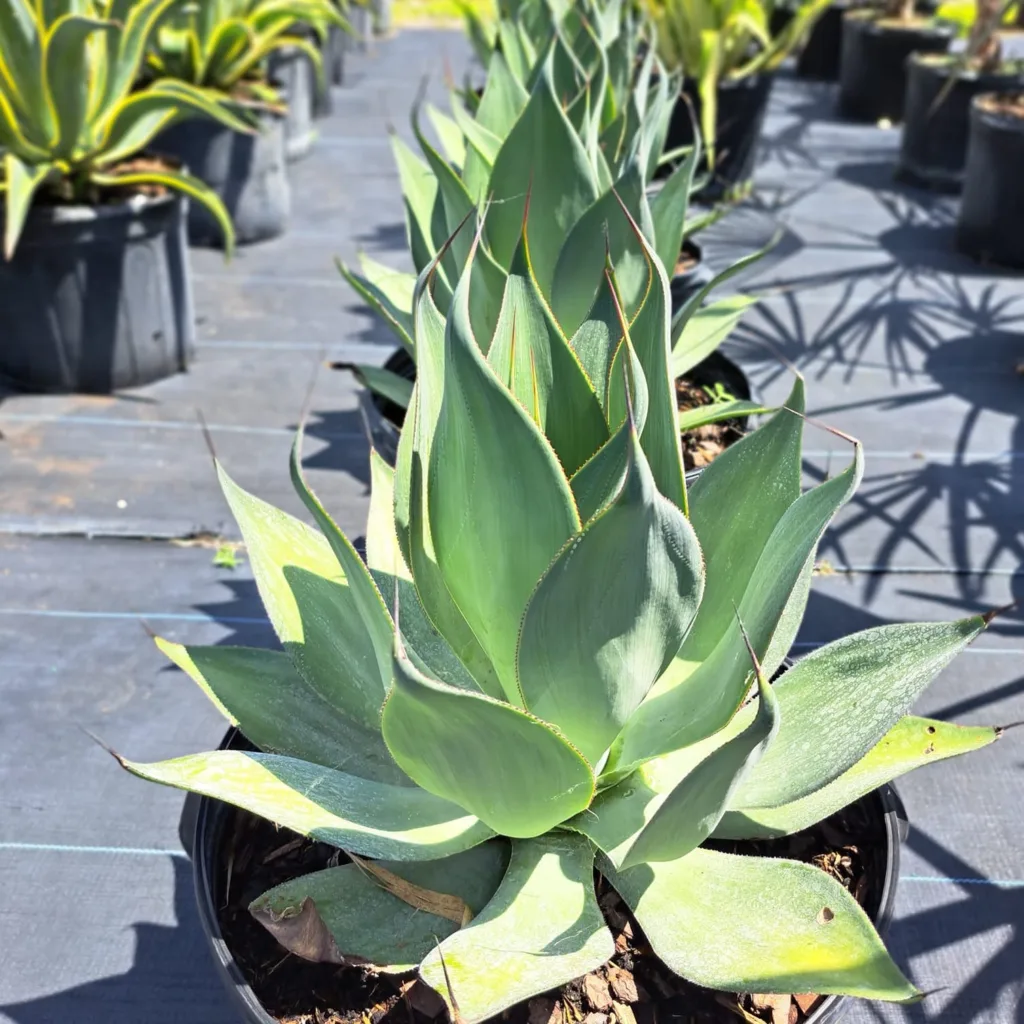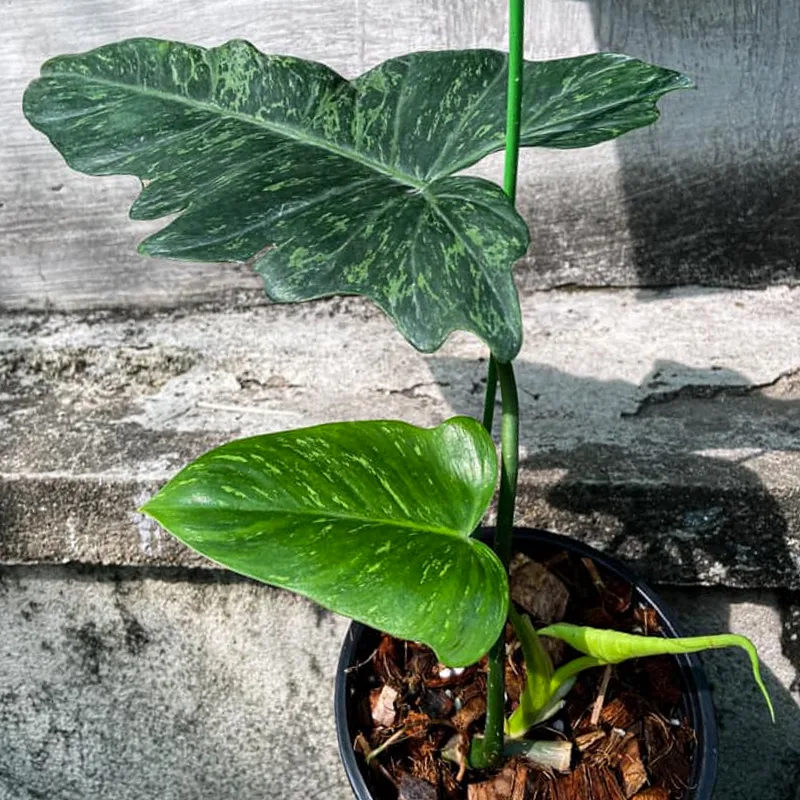
FAQs About Moon Cactus
I’ve had my fair share of experience with the Moon Cactus, and I can say it’s a fascinating plant that has intrigued many gardeners. Here, I’ll address some common questions about how to care for, propagate, and understand this unique cactus. Whether you’re a seasoned gardener or a newbie, these FAQs will help you get a better grasp of what makes Moon Cactus special.
69 Species in Genus Gymnocalycium
What is a Moon Cactus?
The Moon Cactus, scientifically known as Gymnocalycium Mihanovichii, is a vibrant and colorful cactus that’s often grafted onto a base cactus. It’s known for its bright, neon colors, which are the result of a lack of chlorophyll in the top part of the cactus. This cactus is not just visually appealing but also relatively easy to care for if you know the basics.
How to Care for a Moon Cactus?
Caring for a Moon Cactus is straightforward but requires attention to detail. Here’s what I’ve learned:
- Light: Moon Cactus thrives in bright, indirect light. Direct sunlight can scorch the plant, so a spot with filtered light is ideal. If grown indoors, a south-facing window with filtered light works best.
- Watering: Water the Moon Cactus sparingly. Allow the soil to dry out completely between waterings. Overwatering can lead to root rot, so it’s better to underwater than overwater. In the winter, reduce watering even further.
- Soil: Use a well-draining cactus mix. A mix designed for succulents works well, or you can create your own by combining potting soil with sand and perlite.
- Temperature: Moon Cactus prefers warm temperatures and should be kept in a range of 70-80°F (21-27°C). It’s best to keep it away from cold drafts and temperatures below 50°F (10°C).
How to Propagate Moon Cactus?
Propagation of Moon Cactus can be a bit tricky because the colorful top part of the cactus is usually grafted onto another cactus. Here’s what I’ve found:
- From Offsets: If your Moon Cactus produces offsets, you can carefully separate them from the main plant and pot them up. Let the offsets callous over for a day or two before planting.
- Grafting: Grafting is the most common propagation method for Moon Cactus. It involves joining the Moon Cactus with a compatible base cactus. This process requires some skill, so it might be best to consult a guide or expert if you’re new to grafting.
How Big Do Moon Cactus Get?
Moon Cactus generally stay quite small, usually reaching a height of 2-4 inches (5-10 cm). The top, colorful part is small and round, while the base cactus can grow slightly larger. The plant’s compact size makes it perfect for small pots or as a desktop plant.
Can Moon Cactus Grow Without Grafting?
In most cases, Moon Cactus cannot grow without grafting. The colorful top part lacks chlorophyll and relies on the base cactus for nutrients and support. Without grafting, the top part would not survive.
Are Moon Cactus Poisonous?
Moon Cactus is not considered toxic to humans or animals. However, it’s always best to keep plants out of reach of children and pets to avoid any accidental ingestion or injury from the spines.
Are Moon Cactus Poisonous to Cats?
Moon Cactus is not known to be toxic to cats. Nonetheless, it’s wise to monitor pets around plants to prevent any potential issues. If you notice your cat showing unusual symptoms after contact with the cactus, consult a vet just in case.
Do Moon Cactus Need Sunlight?
Yes, Moon Cactus needs sunlight, but it prefers bright, indirect light rather than direct sun. Too much direct sunlight can cause the colors to fade or the plant to become scorched.
Does a Moon Cactus Flower?
Moon Cactus can produce small, colorful flowers, but it’s relatively rare and depends on growing conditions. When it does flower, the blooms are usually small and short-lived.
How Long Do Moon Cactus Live?
With proper care, Moon Cactus can live for several years. The lifespan of the plant largely depends on how well you maintain its growing conditions. Regular care, appropriate watering, and avoiding extremes in temperature will help ensure a long life for your Moon Cactus.
Common Problems with Moon Cactus
- Overwatering: The most common issue is overwatering, which can lead to root rot. Always let the soil dry out between waterings.
- Sunburn: Direct sunlight can cause sunburn on the plant. Ensure it receives bright, indirect light.
- Pests: Watch out for pests like mealybugs and spider mites. Regularly check your cactus and treat any infestations promptly.
What to Plant with Moon Cactus?
Moon Cactus pairs well with other succulents and cacti. Plants like Echeveria, Aloe Vera, and Haworthia complement the Moon Cactus’s vibrant colors and similar care requirements. Create a mixed succulent arrangement for a visually appealing display.
By understanding these basics, you can ensure your Moon Cactus remains a healthy and striking addition to your plant collection. It’s a unique and colorful plant that, with a bit of care, can thrive and add a touch of vibrancy to any space.
If i die, water my plants!



